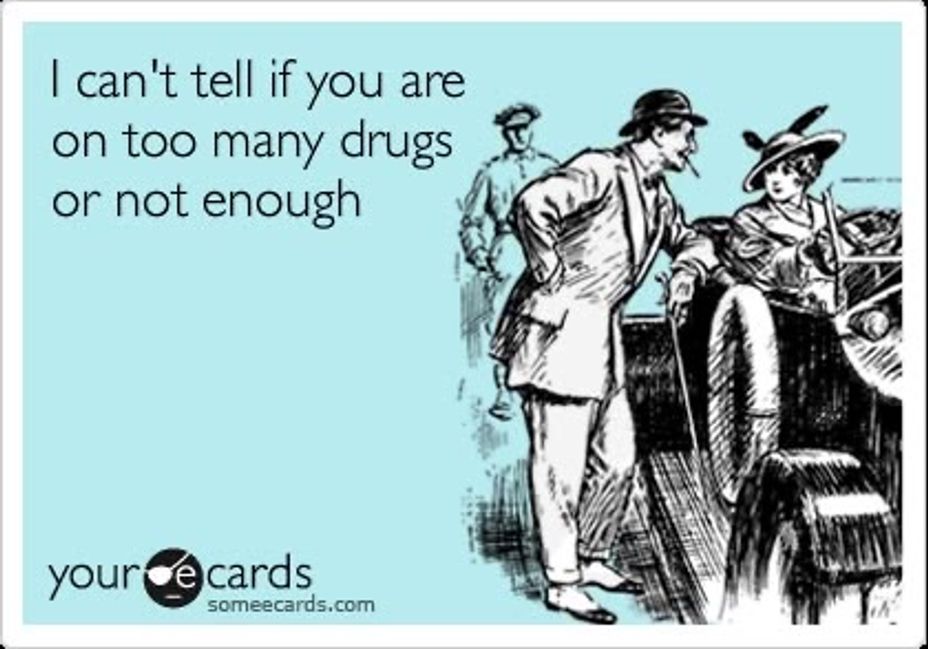Alcohol Abuse ICD-10 Explained: Symptoms, Diagnosis, and Treatment
Introduction
Alcohol abuse is a growing concern around the world, affecting people of all ages and backgrounds. When doctors and health professionals discuss alcohol-related problems, they often use a special coding system known as ICD-10. These codes help guide diagnosis, treatment plans, insurance claims, and medical records. In this article, we take a clear and simple look at alcohol abuse by using the title Alcohol Abuse ICD-10 Explained: Symptoms, Diagnosis, and Treatment to help readers understand how this coding system works and how it connects to real-life care. The content uses the title only four times as requested.
What Is ICD-10 and Why It Matters
ICD-10 stands for the International Classification of Diseases, 10th Revision. It is a global system created by the World Health Organization. Every health condition—including alcohol-related problems—has a special code. These codes help doctors describe the exact issue a person is facing. For alcohol abuse, the codes help identify how severe the problem is, whether it involves harmful use, dependence, or complications caused by drinking.
Using ICD-10 makes communication easier between hospitals, clinics, insurance companies, and treatment centers. It also helps track public health trends so experts can better understand alcohol-related issues across different communities.
ICD-10 Codes Related to Alcohol Abuse
Alcohol abuse is mainly coded under the “F10” category in ICD-10. While there are many detailed subcodes, some of the most commonly used include:
F10.10 – Alcohol abuse, uncomplicated
F10.11 – Alcohol abuse with intoxication
F10.20 – Alcohol dependence, uncomplicated
F10.21 – Alcohol dependence with intoxication
F10.239 – Alcohol withdrawal, unspecified
F10.229 – Alcohol intoxication, unspecified
These codes help medical professionals understand the person’s condition clearly so they can develop proper treatment goals and track progress over time. When combined with symptoms and medical history, these codes paint a clear picture of what kind of help is needed.
How Alcohol Abuse Affects the Mind and Body
Alcohol affects almost every organ in the body. While small amounts may not cause serious harm, abuse can lead to lasting physical and emotional problems. Some of the most common effects include:
Memory problems and difficulty concentrating
Mood changes such as sadness, anger, or anxiety
Trouble sleeping
Stomach issues, nausea, and vomiting
Increased risk of heart and liver problems
Poor coordination and slowed reaction times
Higher chances of accidents or injuries
Long-term alcohol abuse can lead to serious conditions like liver disease, nerve damage, depression, and weakened immunity. These symptoms often push individuals to seek help, and this is where using codes like those explained in Alcohol Abuse ICD-10 Explained: Symptoms, Diagnosis, and Treatment becomes important for proper assessment.
Recognizing the Signs of Alcohol Abuse
Early recognition makes a significant difference in recovery. Some of the common signs include:
Drinking more often or in larger amounts
Struggling to cut back or stop
Craving alcohol strongly
Ignoring responsibilities at work, home, or school
Spending a lot of time drinking or recovering from it
Continued drinking even when it causes problems
Withdrawal symptoms like shaking, sweating, or irritability
These signs help doctors decide which ICD-10 code fits the situation. Understanding these behaviors also helps families recognize when a loved one may need support.
Diagnosis: How Professionals Identify Alcohol Abuse
Diagnosis usually involves several steps. A doctor or therapist may start by asking questions about drinking habits, lifestyle, stress levels, and physical symptoms. They may conduct a physical exam and order blood tests to check for liver damage or other alcohol-related issues.
A mental health evaluation may also be included to check for anxiety, depression, or trauma—conditions often linked with alcohol misuse. Using this information, the professional will choose the correct ICD-10 code to describe the individual’s condition. This careful process ensures the treatment plan matches the person’s needs.
Treatment Options for Alcohol Abuse
Treatment is different for every person, but most plans include a mix of medical care, counseling, and lifestyle changes. The main treatment methods include:
1. Detoxification
Detox is often the first step for people who drink heavily. It helps the body remove alcohol safely while managing withdrawal symptoms.
2. Counseling and Therapy
Therapies like Cognitive Behavioral Therapy (CBT) help individuals understand the emotional reasons behind drinking. Therapy also teaches ways to manage cravings and stress.
3. Medication Support
Some medications reduce cravings or create unpleasant reactions to alcohol. They help prevent relapse and support long-term recovery.
4. Support Groups
Groups like Alcoholics Anonymous (AA) and other peer support programs provide encouragement, accountability, and understanding from people who share similar experiences.
5. Lifestyle and Wellness Approaches
Exercise, meditation, healthy eating, and new hobbies help individuals rebuild balance and confidence. These approaches support long-term healing and reduce stress.
6. Family Involvement
Family therapy helps rebuild trust and communication. Loved ones play a powerful role in supporting healthier choices.
These methods form a strong foundation for healing, which aligns with the purpose behind Alcohol Abuse ICD-10 Explained: Symptoms, Diagnosis, and Treatment, helping individuals and professionals work together to create effective recovery plans.
Why Early Treatment Is Important
The sooner someone seeks help, the better their chances of recovering fully. Early treatment stops alcohol from causing long-term damage to the liver, brain, and heart. It also helps individuals regain control of their emotional well-being, relationships, and daily life. Early support prevents addiction from becoming more serious and helps individuals rebuild their future with strength and confidence.
Encouraging Recovery and Hope
Recovery is not always easy, but it is possible. Many people who once struggled with alcohol abuse now live healthy, fulfilling lives. Support from professionals, family, and friends makes a huge difference. With the right plan, patience, and encouragement, individuals can heal and regain control. The goal of Alcohol Abuse ICD-10 Explained: Symptoms, Diagnosis, and Treatment is to help more people understand their symptoms and take steps toward recovery with confidence and clarity.https://malikmedicalcentre.com/
FAQs
People often ask how doctors decide which ICD-10 code to use for alcohol abuse, and the answer is that it depends on symptoms, severity, and medical history; another common question is whether alcohol abuse and alcohol dependence are the same, and professionals explain that abuse involves harmful use while dependence includes cravings and withdrawal; some want to know if ICD-10 codes affect insurance coverage, and yes, accurate coding helps approve treatment plans; many wonder if counseling alone can treat alcohol abuse, though in many cases a mix of therapy, support, and lifestyle changes works best; others ask how long recovery takes, which varies greatly from person to person depending on dedication and support; and some ask whether alcohol abuse can return after recovery, and experts say relapse is possible but manageable with continued care and awareness.







